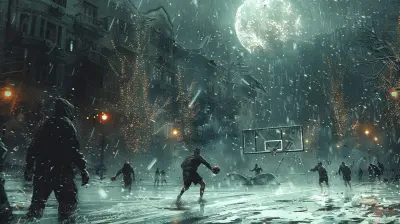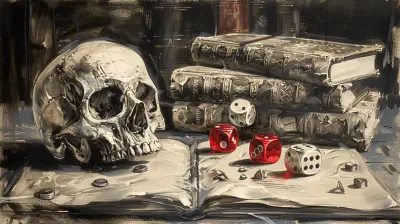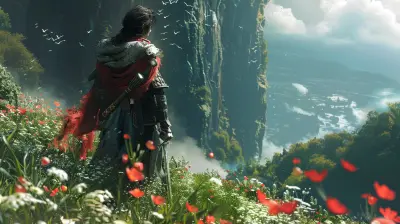How Video Games Are Preserving Indigenous Stories and Cultures
15 June 2025
Video games have become an integral part of our lives. Whether you're a hardcore gamer or just enjoy killing time with casual mobile games, you're part of a global community that appreciates this ever-growing medium. But here's something you might not have thought about: video games are doing some pretty incredible things beyond just entertaining us. One of the most inspiring trends is how developers are using games to preserve and celebrate Indigenous stories and cultures.
It might sound surprising, right? After all, when we think of video games, we usually imagine fast-paced action, elaborate fantasy worlds, or competitive online battles. But more recently, there’s been a growing movement where games are venturing into the realm of storytelling, cultural preservation, and education. And Indigenous communities are stepping into the digital space to make their voices heard, their stories told, and their cultures shared in a compelling and immersive way.
In this article, let's break down how video games are becoming a new type of cultural archive, the role they play in spreading awareness, and why this matters more than ever. Strap in—it’s going to be an eye-opening discussion!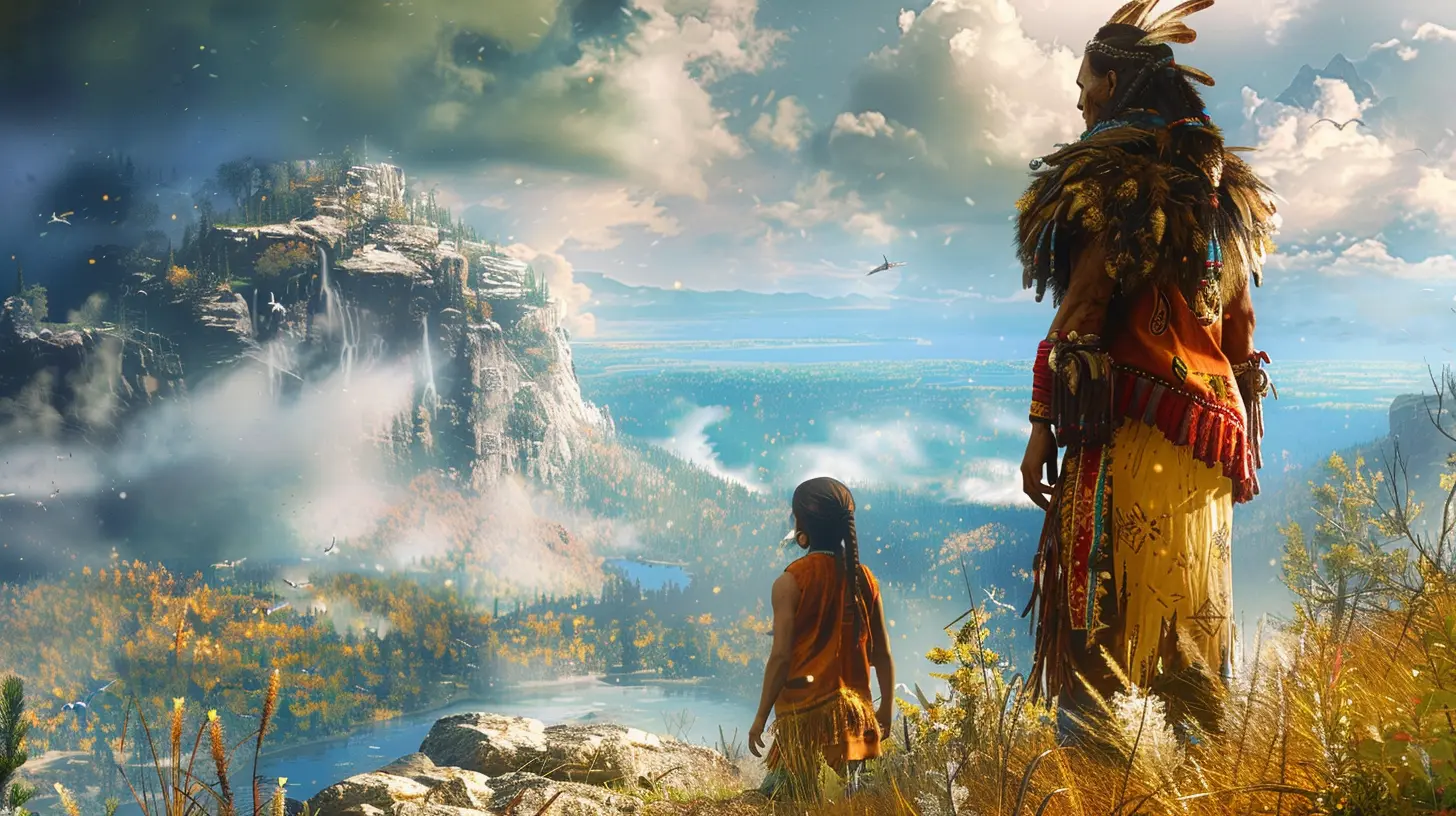
The Importance of Preserving Indigenous Stories and Cultures
Before jumping into the world of digital storytelling, let's take a step back and understand the bigger picture. Why does this even matter? Well, let’s face it: the world has a history of erasing Indigenous voices. Colonization, modernization, and globalization often push these narratives to the sidelines. Some languages have already disappeared, and with them, the wisdom and traditions of entire cultures. It’s heartbreaking, right?Storytelling is at the heart of any culture, and for Indigenous communities, it’s how knowledge, traditions, spiritual beliefs, and histories are passed down across generations. But oral storytelling traditions can be fragile in this fast-paced world where Netflix and TikTok dominate conversations. How do you get younger generations—who are glued to their devices—to connect with their roots? Enter video games.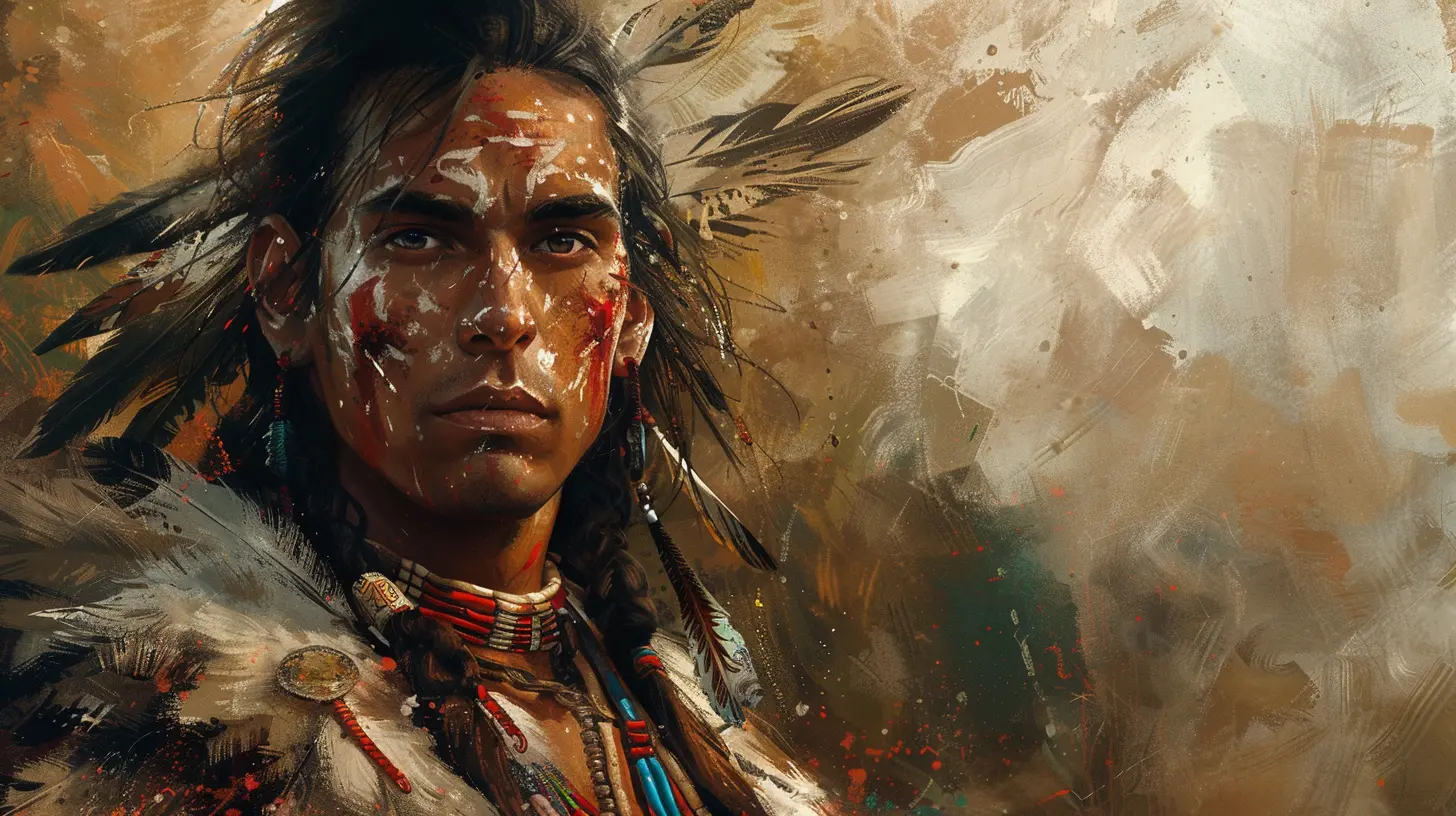
Why Video Games Are Perfect for Cultural Preservation
Let’s be honest—video games have a bit of a reputation problem. They’ve been criticized for everything from promoting violence to wasting time. But in reality, they’re one of the most versatile and engaging storytelling tools out there.Why? Well, think about it: games are immersive. Unlike books or films, they don’t just tell you a story—you live it. Games make you an active participant, not just a passive observer. You’re solving the puzzles, exploring the environment, and making decisions. This level of engagement makes video games an ideal platform for preserving Indigenous cultures. Plus, they appeal to younger audiences who might not be all that interested in sitting down for a traditional lecture about their heritage.
But it’s not just about the younger generation. Games can also introduce people from outside the community to these stories and traditions. Imagine someone in Europe or Asia learning about Native American mythology, Polynesian navigation techniques, or the Dreamtime stories of Indigenous Australians through a video game. That’s the beauty of games—they bridge gaps and invite empathy in ways few other mediums can.
Real-World Examples of Video Games Embracing Indigenous Culture
Alright, enough theory—let’s get into the good stuff. Who’s actually doing this, and how?1. Never Alone (Kisima Ingitchuna)
If you haven’t heard of Never Alone, you’re in for a treat. Developed in collaboration with the Iñupiat, an Alaska Native people, this indie gem is often hailed as a shining example of cultural preservation in gaming.In the game, you follow the journey of Nuna, a young Iñupiat girl, and her arctic fox companion as they navigate the harsh environment of Alaska. What makes Never Alone truly remarkable is that it’s not just a game—it’s an interactive piece of culture. It weaves traditional storytelling with gameplay and includes documentary-style interviews with Iñupiat elders. You don’t just play the game; you learn about the Iñupiat worldview, their survival skills, and their relationship with nature.
2. Assassin’s Creed III and Beyond
The Assassin’s Creed franchise might seem like an odd mention here, but hear me out. In Assassin’s Creed III, you play as Connor, a character of Mohawk descent. The game takes time to portray aspects of Mohawk culture, language, and traditions.While it’s not a perfect representation (it’s still a big-budget action game at heart), it introduced millions of players to an Indigenous perspective they might not have encountered otherwise. Plus, Ubisoft has since made more efforts to collaborate with Indigenous consultants and historians to ensure authenticity in their games.
3. Mulaka
Mulaka is another indie game that stands out for its cultural focus. Developed by Lienzo, a studio based in Mexico, the game draws from the mythology of the Tarahumara, an Indigenous people from northern Mexico. You play as a Sukurúame, a Tarahumara shaman, on a quest to save the world from corruption.What’s cool about Mulaka is that it incorporates real Tarahumara legends, architecture, and even their renowned long-distance running abilities. The developers worked closely with Tarahumara elders to create an authentic experience, and a portion of the game’s revenue even goes toward supporting Indigenous communities. Talk about gaming with a purpose!
4. Umurangi Generation
Umurangi Generation is a first-person photography game with a uniquely artistic style and an underlying narrative about Māori culture from New Zealand. While the game isn’t explicitly about Māori traditions, its developers have woven cultural elements and themes throughout the experience, along with subtle critiques of colonialism and environmental degradation. It’s a thought-provoking game that reflects the struggles and resilience of Indigenous peoples in the modern world.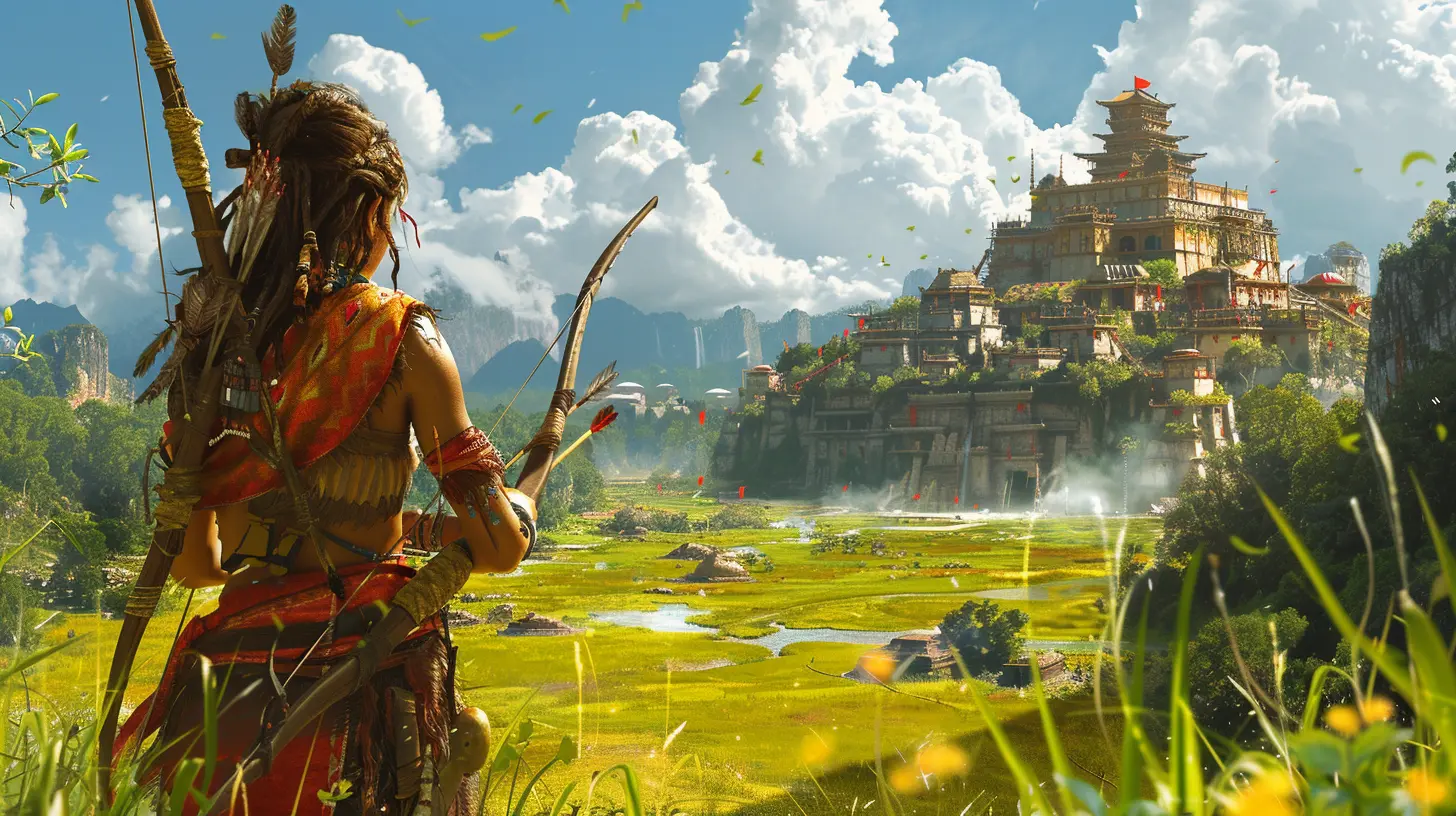
Challenges and Opportunities in the Digital Space
Of course, creating video games that reflect Indigenous cultures isn’t always rainbows and butterflies. There are challenges, too.1. Balancing Entertainment and Education
Let’s face it—most people don’t pick up a game thinking, “I want to learn something today!” Developers need to strike a balance between making games fun and staying true to their cultural roots. Lean too far into education, and you risk losing player interest. Lean too far into entertainment, and the cultural message might get diluted.2. Avoiding Cultural Appropriation
Here’s the tricky part: who gets to tell these stories? When non-Indigenous developers try to create games based on Indigenous cultures, there’s always a risk of misrepresentation or cultural appropriation. That’s why collaborations with Indigenous communities are so crucial. Games like Never Alone and Mulaka succeed because they were made with Indigenous people, not just about them.3. Limited Resources
Indigenous-led studios often don’t have the massive budgets and resources of AAA developers. They rely on crowdfunding, grants, and small teams to bring their visions to life. While this can limit the scope of their projects, it also fosters creativity and authenticity. Hey, necessity is the mother of invention!Why This Movement Matters
At its core, this isn’t just about video games—it’s about representation, respect, and resilience. By preserving Indigenous stories in games, developers are creating digital time capsules that future generations can look back on. They’re ensuring that these cultures aren’t forgotten, even in a rapidly changing, tech-driven world.And it’s not just Indigenous communities that benefit. When we play these games, we’re reminded of the incredible diversity of human experience. We gain a deeper appreciation for worldviews that differ from our own, and maybe—just maybe—we become more empathetic in the process.
The Future of Indigenous Representation in Gaming
So, what’s next? The potential here is limitless. With advancements in VR and AR, we could soon experience Indigenous stories in ways we can’t even imagine right now. Imagine walking through a sacred ceremony or exploring ancient landscapes in fully immersive virtual reality. Sounds exciting, doesn’t it?More importantly, as more Indigenous creators enter the gaming industry, we’ll see even more authentic and diverse perspectives come to life. Whether it’s through indie projects or collaborations with major studios, the future is bright for Indigenous representation in gaming.
Wrapping Up: Stories That Stay With Us
Video games aren’t just entertainment—they’re a modern form of storytelling. And the fact that they’re being used to preserve and share Indigenous cultures is a testament to their power. These games are more than just pixels and polygons; they’re bridges between worlds, time machines to the past, and windows into lives and beliefs that deserve to be celebrated.So the next time you pick up a controller or scroll through the App Store, take a moment to think about the stories behind the game. Who knows? You might just find yourself on a journey that changes the way you see the world.
all images in this post were generated using AI tools
Category:
Gaming CultureAuthor:

Emery Larsen
Discussion
rate this article
3 comments
Zephyros McCullough
Video games serve as a dynamic medium for preserving Indigenous stories and cultures, allowing for interactive storytelling that engages audiences in profound ways. By elevating Indigenous voices, these games not only enrich the gaming landscape but also educate players about diverse cultural heritages.
June 21, 2025 at 3:33 PM

Emery Larsen
Thank you for your insightful comment! Video games indeed offer a powerful platform for Indigenous storytelling, fostering engagement and cultural education in unique ways.
Lila Hayes
This article beautifully highlights the vital role video games play in preserving Indigenous stories. By blending interactive storytelling with rich cultural heritage, these games foster understanding and respect. It's inspiring to see technology amplify diverse voices and narratives, ensuring they resonate for future generations.
June 20, 2025 at 2:44 PM

Emery Larsen
Thank you for your thoughtful comment! I'm glad you found the article highlights the important connection between video games and Indigenous storytelling. It's inspiring to see how technology can amplify these vital narratives.
Elwynn McTigue
A vital exploration of culture through innovative storytelling.
June 18, 2025 at 4:03 AM

Emery Larsen
Thank you! I'm glad you found the exploration of culture through video games impactful.
